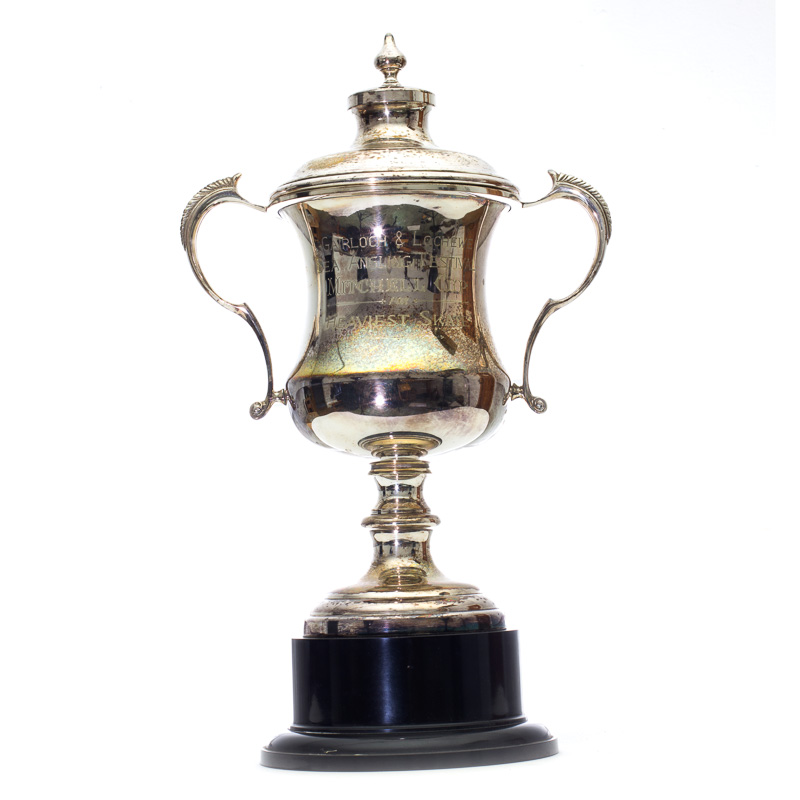What I need to do:
Take a standard "Product Shot" of an old trophy/cup with writing on that doesn't look a complete mess thanks to reflections
What I have available to do it:
- Two radio triggered flashes
- Two CFL bulbs on stands
- Large "Light Tent"
- 1m diameter reflector
- ONE white blanket
What the problem is:
I don't have an entirely empty white room to do it in, and the concave cylindrical form of the trophy seems to emphasize any reflections present, including me, the light stands, the camera and any lights that aren't behind the object.
Here is my best shot:

(Yes, it's a little wonky, and the edges look rubbish, but at this point, I realised I couldn't get rid of the reflections without asking for some advice, so I gave up trying anything better for now)
I understand that my reflection would be greatly diminished if I was further away using a longer lens, but the further away I am from the object, the more ground there is between me and it that will be reflected. If I were up close to it, I could put my back against a white wall, the white sheet from the wall to the cup, a white background behind the cup and possibly something white over me and the camera (with lens poking through), but that setup is starting to sound a bit ridiculous.
Is there an obvious setup with the equipment listed above to get the shot I want?
EDIT - should probably mention that this is a museum artefact and cannot be altered, modified or have anything added to it. So any kind of non-reflective coating is not an option.
EDIT - The Winning Shot
As promised, here's the final shot: 
And here's the setup I went for in the end:

Not shown in this image is a flashgun on full power pointing at the upper half of the back of the light tent. The camera is about as low as it can get on my tripod. The sheet mentioned above was clamped to the opening of the tent and bunched up around the lens. Focal length was 13mm (efl: 20.8mm).
The lens is still visible in the image (that ugly black blob), however, this was shown to the client and they were more than happy with the result. I suppose not wasting a client's time and money striving for perfection - when pretty good will do just fine - is a lesson in itself!
The "correct" answer is the one that matched my setup the closest, as the solution I went for was the easiest and cheapest, given what I had to hand. However, anyone reading this because they want to do something similar should read ALL the answers, as there is great advice to be found in each.



